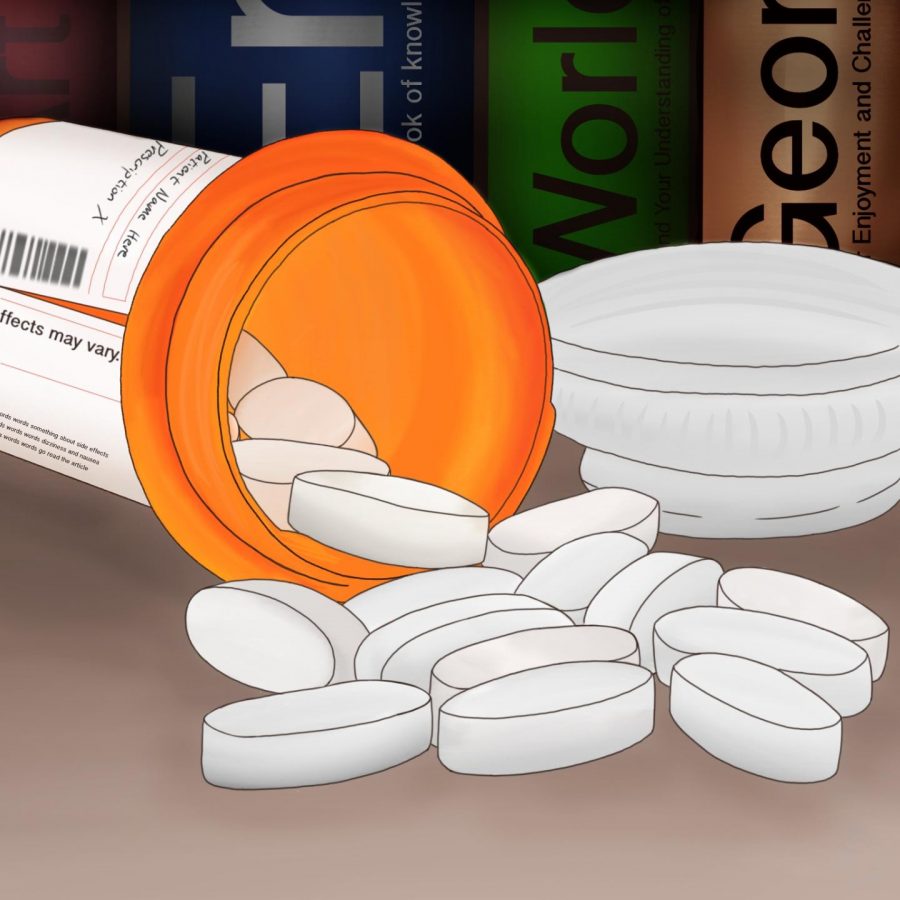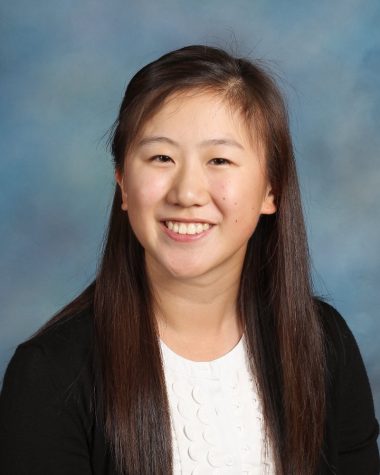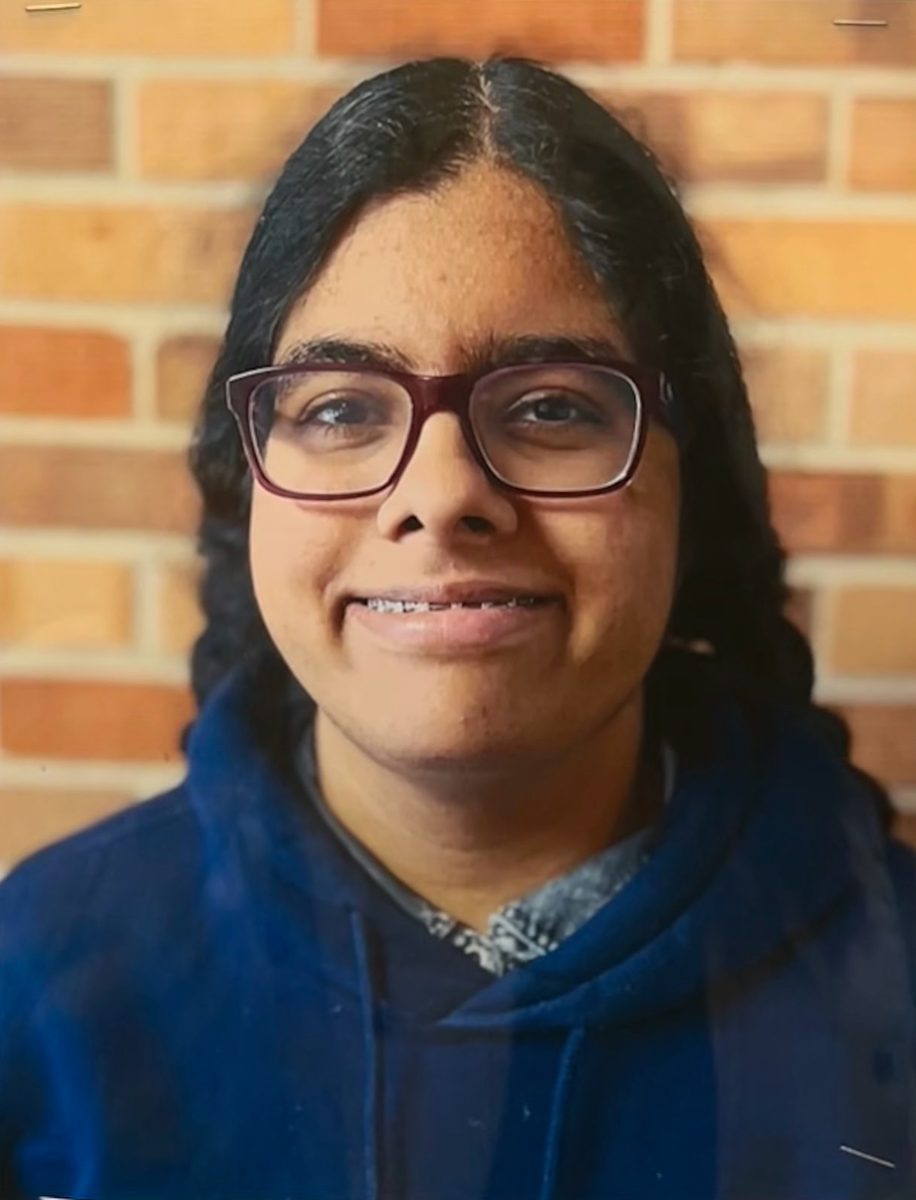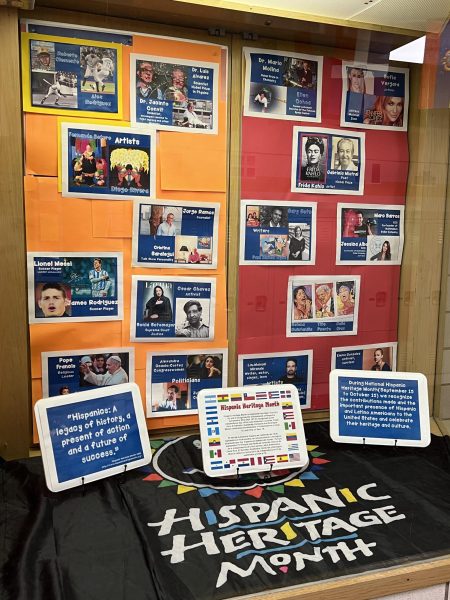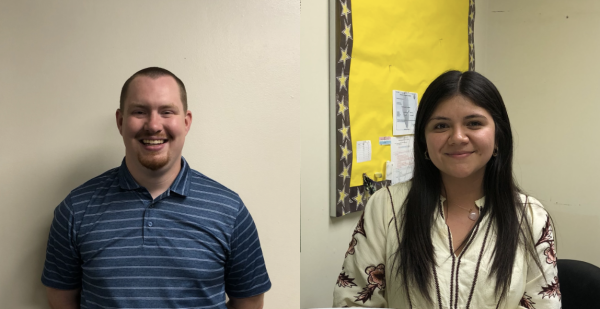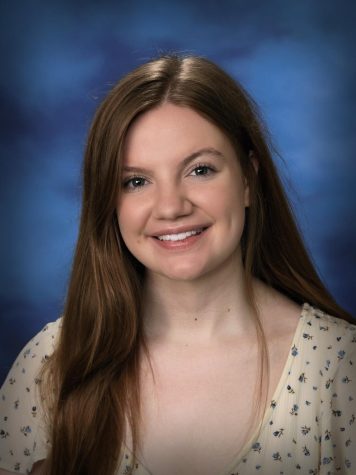Student drug use brings dangerous consequences
February 28, 2018
In a 2012 interview with the Daily Herald, Fremd alumnus and former heroin addict Devin Reed proclaimed that “’It was easier to get drugs than it was a case of beer when I was in high school. I could find anything you want probably within a 15-minute driving radius when I was in high school.’” Reed’s provocative narrative highlights a growing trend of substance abuse within the middle-income suburbs of America.
In recent years, various studies have indicated that increased academic competition has led to an unhealthy growth of substance abuse among affluent middle-class adolescents. More than ever, ambitious yet burnt-out students are turning towards unhealthy habits and outlets to relieve stress. According to Dr. Charles Cleland in a 2015 New York University College of Nursing survey of high-achievement high school students, stress relief and management are dominant factors of student drug use.
The increasing numbers of teenage substance abuse reveal a troubling reality. According to Nurse Lori Papciak, maturing adolescents are particularly vulnerable due to underdeveloped decision-making processes.
“The brain is still developing up until 25 years of age, so any chemical or drug is going to hurt the development of the brain. Everything’s filtered out through the organs, so you’re going to have those physical issues, but you’ll also have the social harms and the emotional harms of those substances, especially at such a young age. A lot of times, teens don’t think it’s a risk because the effects won’t come into play until maybe decades down the way,” Papciak said.
Combined with a lapse in decision making, Papciak addresses adolescent impressionability in relation to the perceived social benefits of substance use.
“Teens are more likely to perceive social benefits of drug use, such as being accepted among peers, or feeling more social than they are to evaluate the negative effects,” Papciak said. “When you look at the growth and development of this time period from a 14 to 18-year-old, you see developments in socialization, peer issues, and self-concept. You’re looking to be in the in-crowd and take those risks. Unfortunately, that’s a reason why you see drug use happening at this age.”
Adding on, counselor Tony Tosh proposes a psychological phenomenon responsible for perceived social pressures–a likely culprit.
“There’s this theory called the social norms theory–If somebody says ‘Oh, everybody’s doing it,’ the perception is more overblown than reality,” Tosh said. “If anything in life, we tend to believe the masses are doing what we might be more inclined to. If we don’t think something is the majority, we might be less inclined.”
Assistant principal Kimberly Glaser agrees, explaining that the reality often differs from our perceptions.
“It probably sounds sort of cliché but there’s this idea of peer pressure, and feeling like a peer group is doing it, or that other people are doing it,” Glaser said. “I would like to dispel that everybody’s doing it. Everybody’s not doing it. So if you feel like it’s something that you need to do to fit in, that is a myth. I could understand if there’s some pressure to feel like part of a group possibly, if that’s your perception of the case, even though that’s not maybe truly what it is.”
Sensationalism aside, correlation does not imply causation–perhaps the facts paint a different picture. Tosh reflects on past student substance usage data and reassures that student drug use is an uncommon trend.
“We have two things going on, we have the perception side, and we have the use side of the equation, and that’s from data we’ve collected from in the past,” Tosh said. “We often think that the perception is equally as important to look at as what people report they do. There’s usually a huge gap. I can say generally though, anytime we’ve taken data here, I can tell you that they didn’t differ really from any national numbers, maybe a percentage point here or there, that’s the general rule of thumb. And we found that things aren’t as bad as people thought.”
According to the 2017 Monitoring the Future project conducted by the University of Michigan in conjunction with the National Institute on Drug Abuse, 27.8 percent of 10th graders and 39.9 percent of 12th graders reported using any illicit substance within a year of the survey. Overall, annual prevalence of substance use of the combined 8th, 10th, and 12th-grade population surveyed settled at a substantial 26.5 percent.
While certainly urgent, Glaser assures that the presence of drug use is not the utmost concern at Fremd High School.
“I don’t feel like there is a particularly widespread issue here at Fremd or in District 211 as a whole. I think historically, you might see some drug use at a high school across our country, throughout our society, but there is not an increased prevalence here at Fremd,” Glaser said.
Despite these assurances, student drug use nonetheless remains an important issue that carries heavy consequences. There are a variety of repercussions students must face for different levels of drug-related violations. Severity is dependent on two factors: selling and distributing drugs result in bigger infractions in comparison to usage. Students must keep in mind that underage drug use of any kind is against the law–the escalation of a drug offense may result in involvement from the Palatine Police Department.
On a lighter note, Glaser references many alternative consequences that do not involve the traditional punishment of suspension. These options offer stronger support through personalized instruction.
“It’s going to depend on the details of the situation, but there are a variety of options that we have here at Fremd. We have a chemical education group here at Fremd. It meets on a weekly basis, it’s run by one of our social workers here and it’s focused on decision making and learning about how putting different substances into your body can negatively affect you,” Glaser said. “That’s a group that we may assign as a consequence and an alternative to suspension for a student, especially if it’s maybe their first-time offence, to try to remediate the situation, to get them some more education so they can make a better decision for themselves.”
For the best results, it is necessary to make the consequence educational. Requiring the student to talk through their decisions helps the administration decide the best course of action for each individual. This approach focuses on how a student can recover and learn from their actions, breaking the cycle of addiction and dependence.
Tosh summarizes the key components of Fremd’s strategy towards student drug use.
“There’s discipline, there’s education, and there’s support,” Tosh said.
Though many students have not developed concrete decision-making skills, sometimes all a student needs is a nudge in the right direction. Glaser recognizes that mistakes are an unavoidable part of life–with the proper help, there’s only room for improvement.
“Our main focus is to try to move the student forward in a positive fashion, so we’re not back in the same situation again. Everybody’s going to make mistakes, and those mistakes are going to come with consequences, but our main goal is to try to find a system of support that’s going to help the student not make the same mistake again,” Glaser said.

